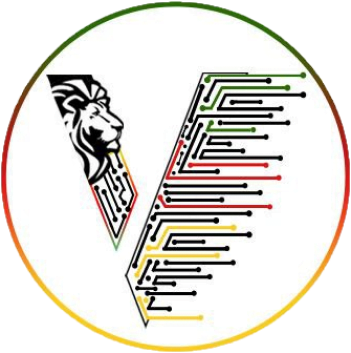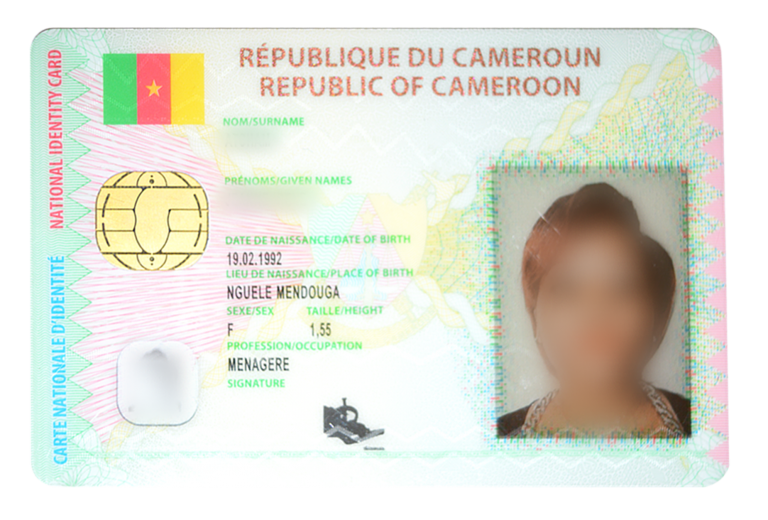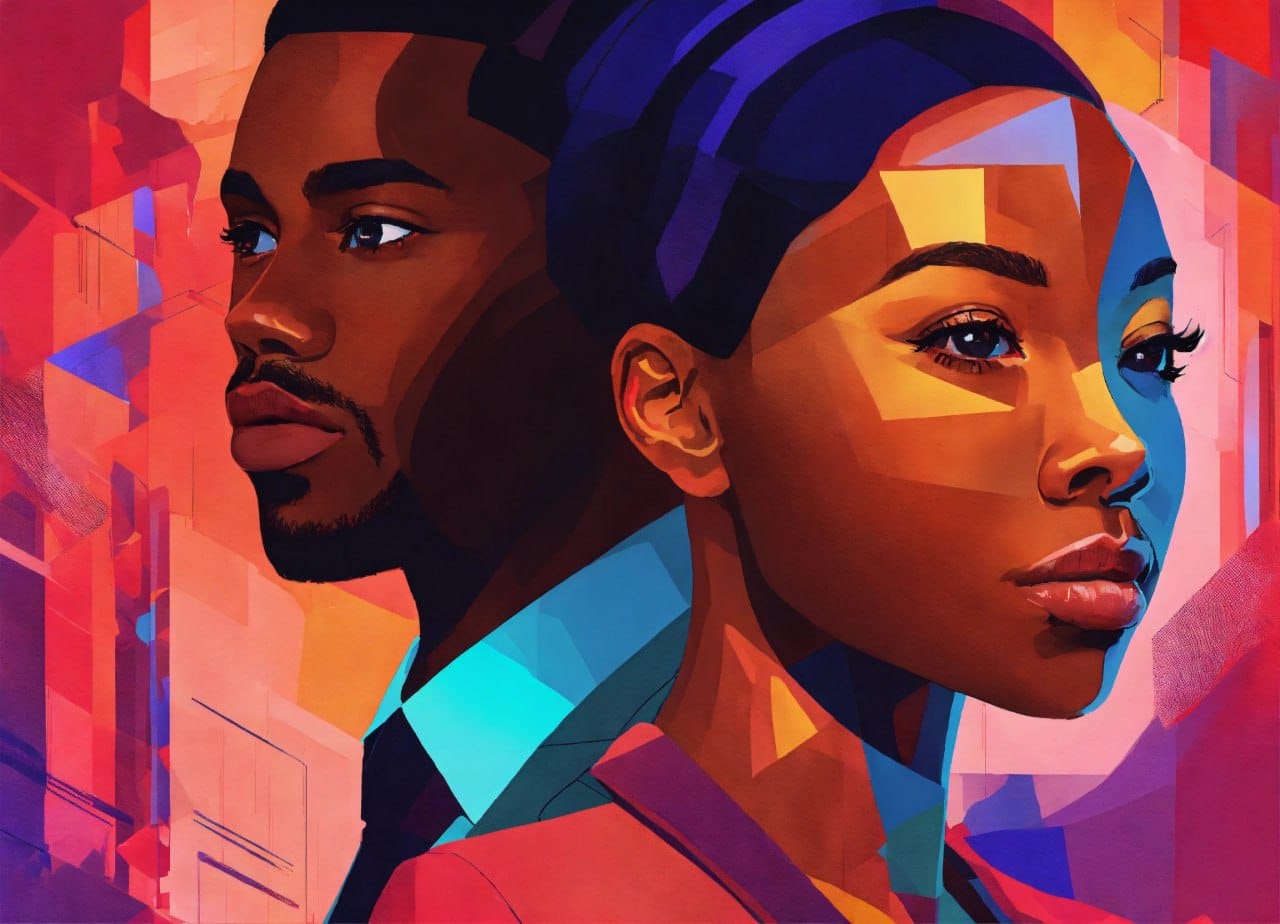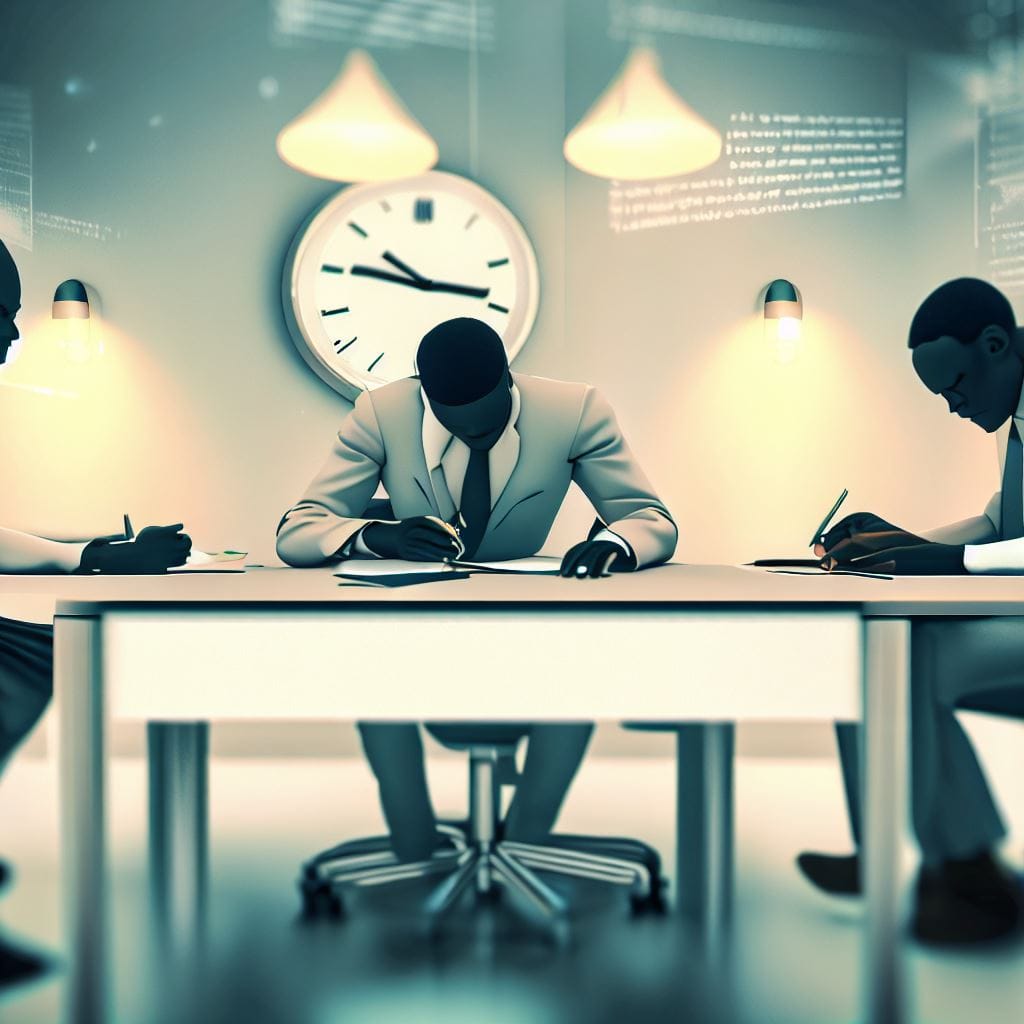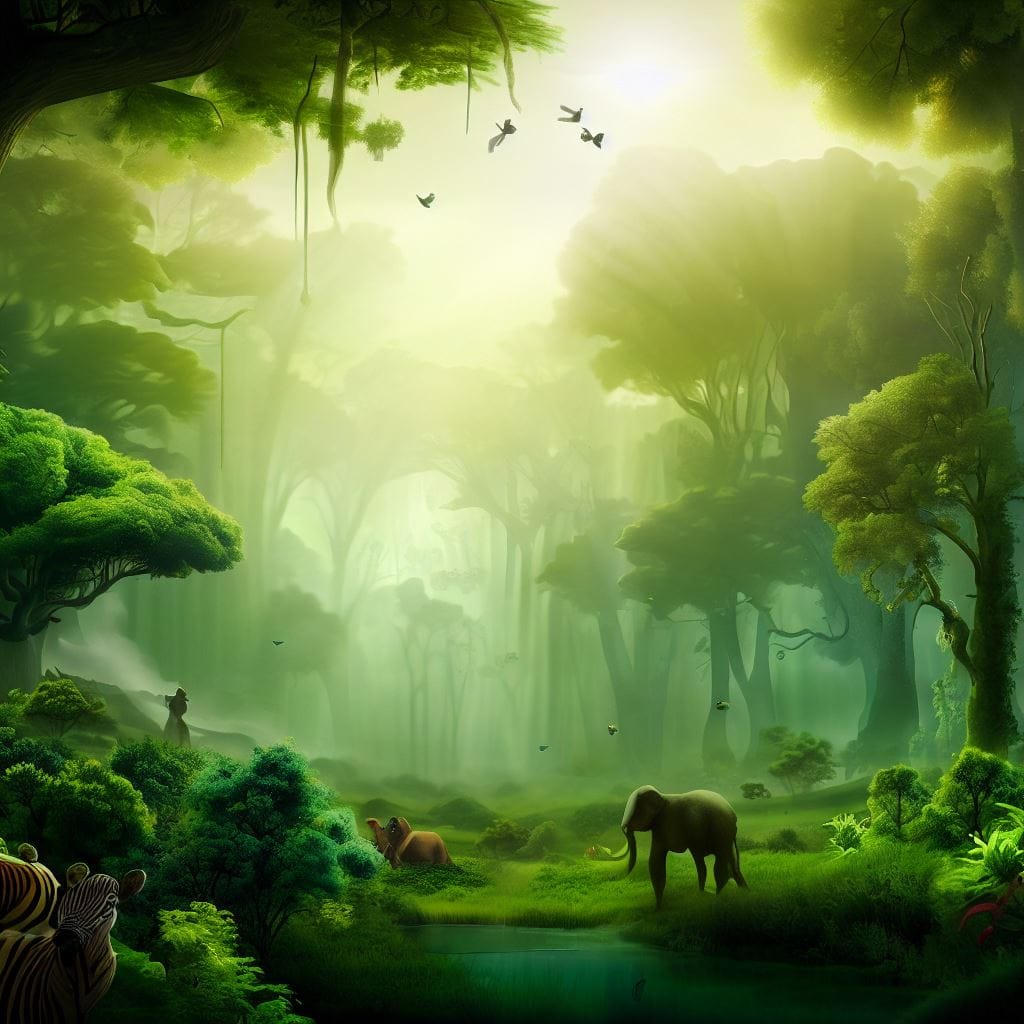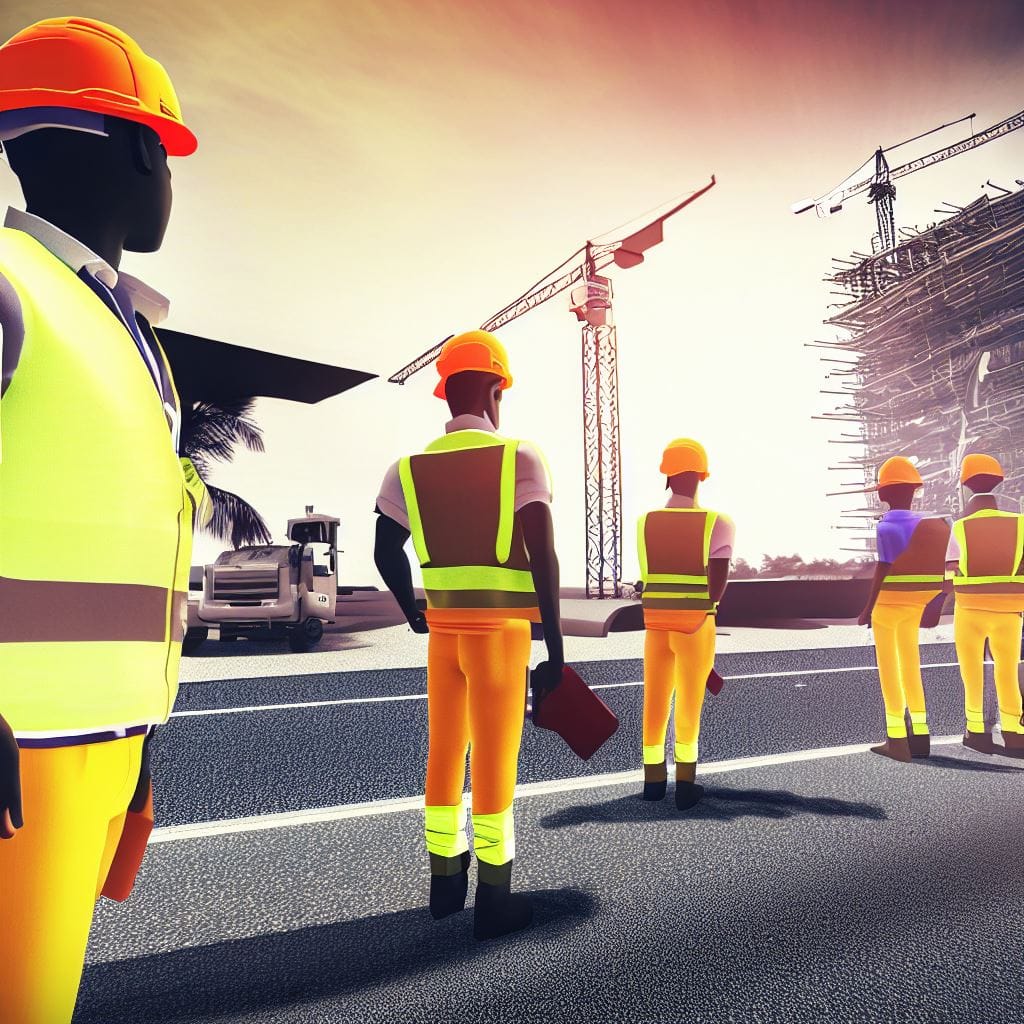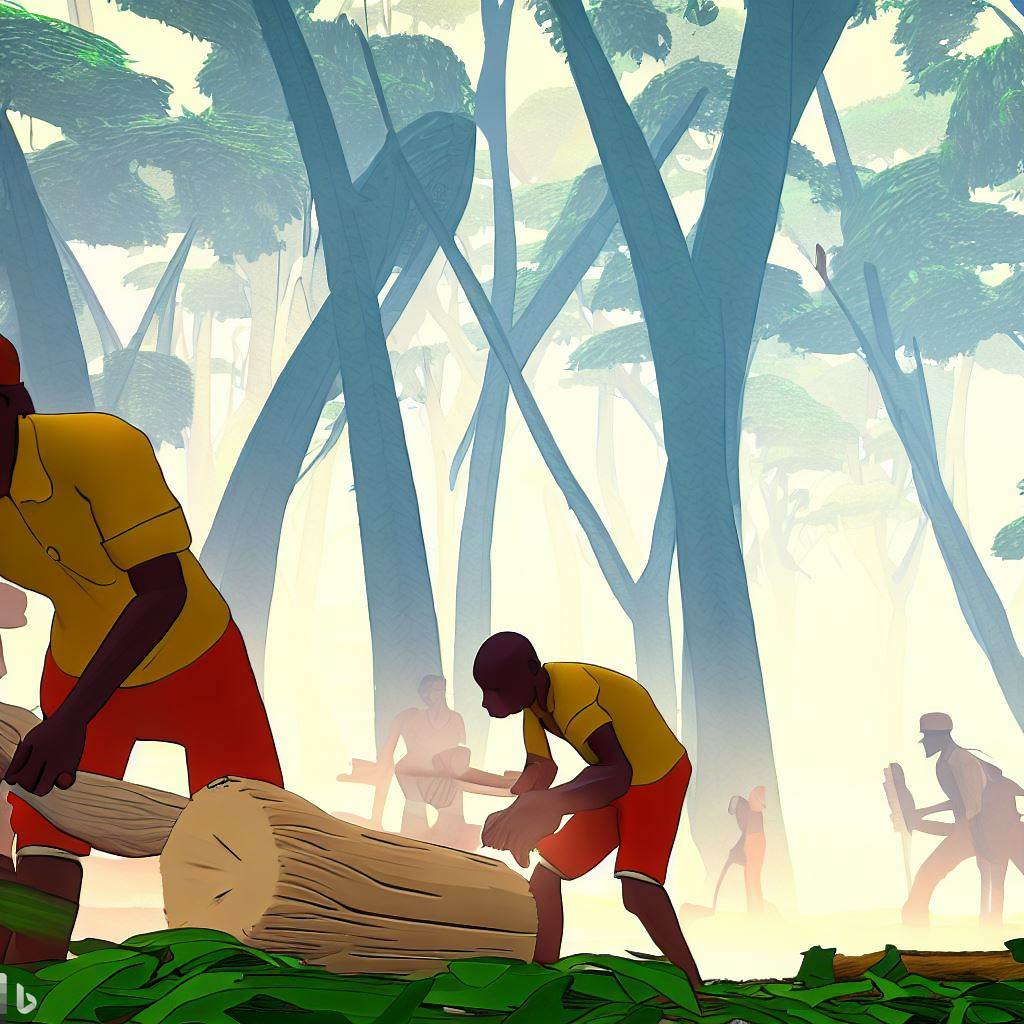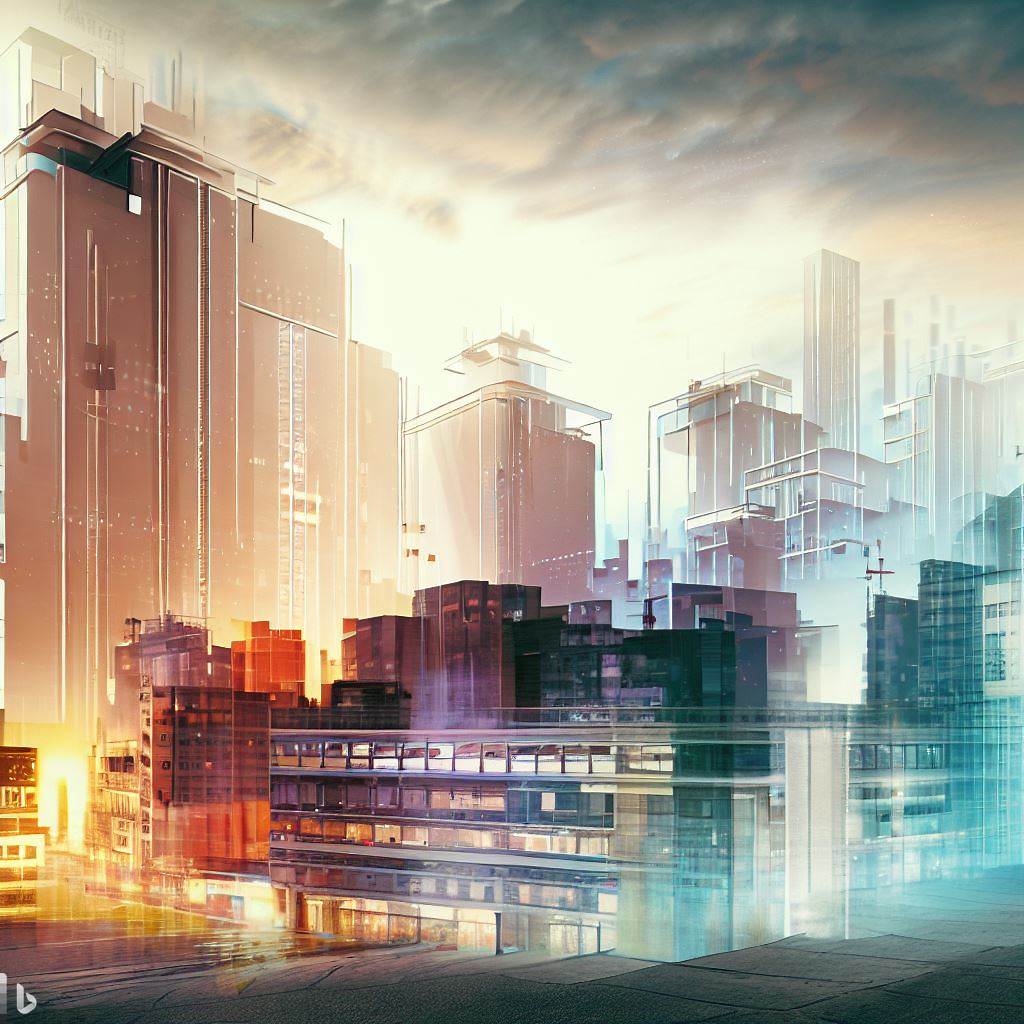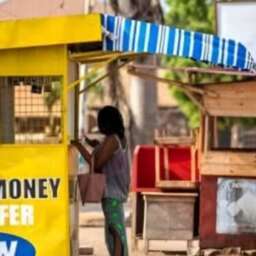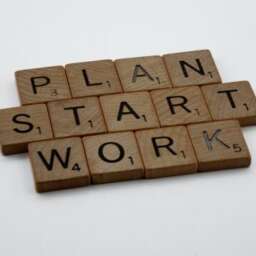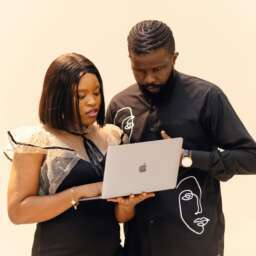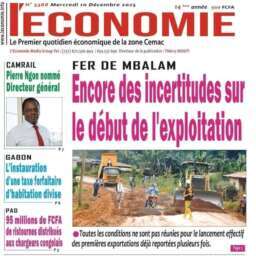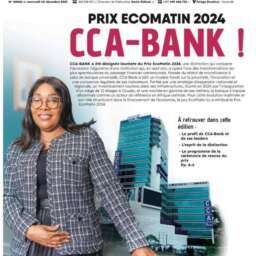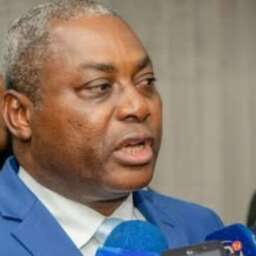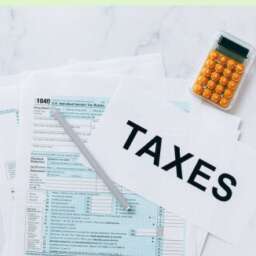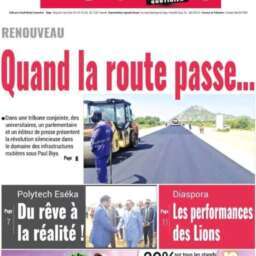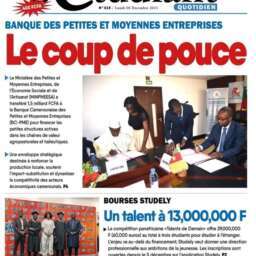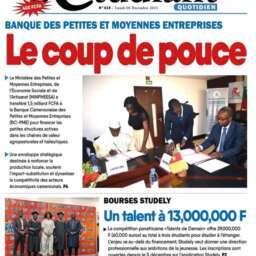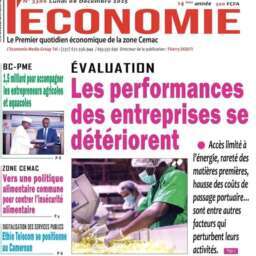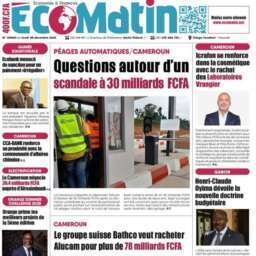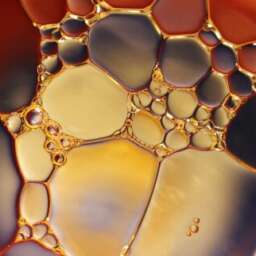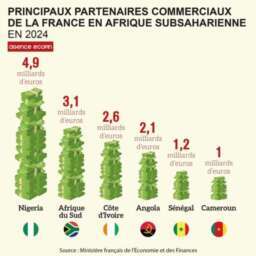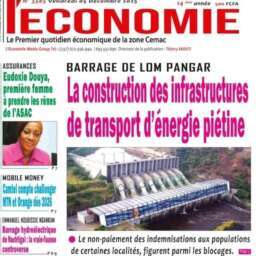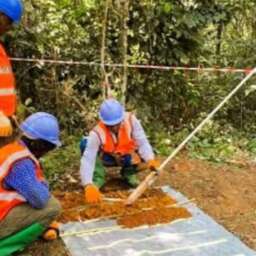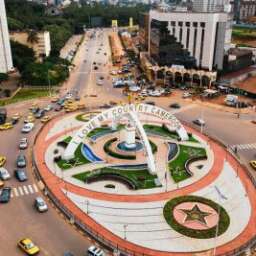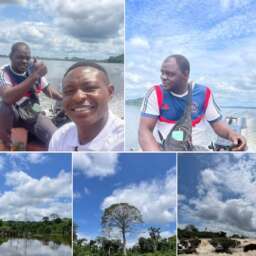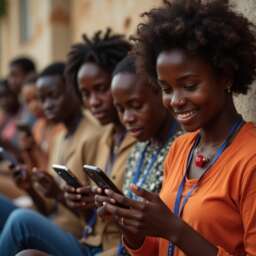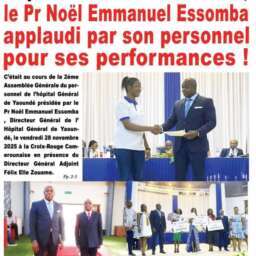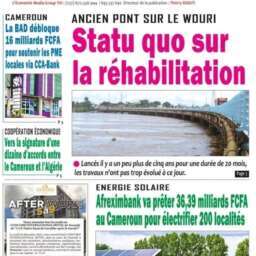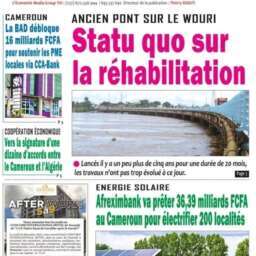According to Article 5 of Decree No. 2016/375 of 04 August 2016 setting out the characteristics and procedures for producing and issuing the National Identity Card, it is compulsory for any citizen aged 18 or over to possess and hold the National Identity Card throughout the national territory.
Its holder is obliged to show it to any authorised agent. It is valid for 10 years.
COMPOSITION OF THE APPLICATION
In the case of a first application :
- a certificate of nationality;
- a certified copy of the birth certificate or a certified copy of an extract from the birth certificate or a certified copy of a supplementary birth certificate or a family record book signed by the competent authorities;
- the old national identity card, if applicable;
- a copy of the marriage certificate for married women;
- proof of occupation, if applicable;
- a certificate of nationality signed by the President of the Court of First Instance.
In the event of loss, theft or damage:
The certificate of declaration of loss, theft or damage issued by any authorised authority must include the full name, date and place of birth and parentage of the person making the declaration, as well as the number and reference of the identification post that issued the lost, stolen or damaged National Identity Card.
In the event of expiry :
- the expired National Identity Card ;
- a copy of the marriage certificate, for married women;
- proof of occupation, where applicable.
For naturalised foreign nationals :
- a certified copy of a birth certificate or extract signed by the relevant authorities;
- a copy of the naturalisation decree by the nationality code;
- an extract from the marriage certificate, for married women;
- proof of occupation, where applicable;
- bulletin n°3 of the special criminal record.
Fees: 2,800frs
Source: DGSN
